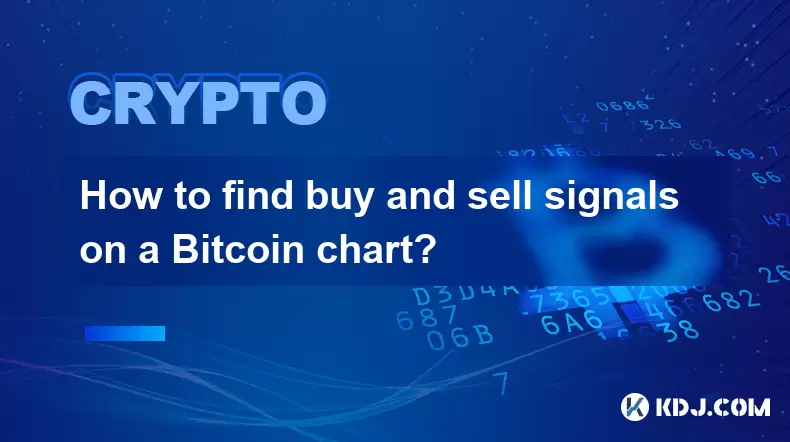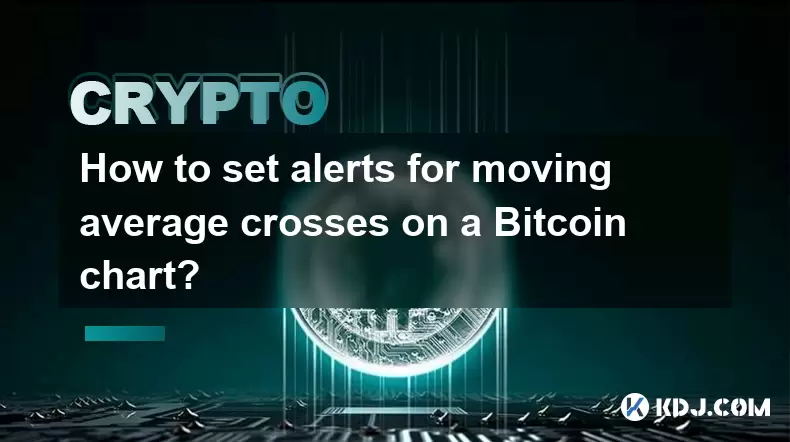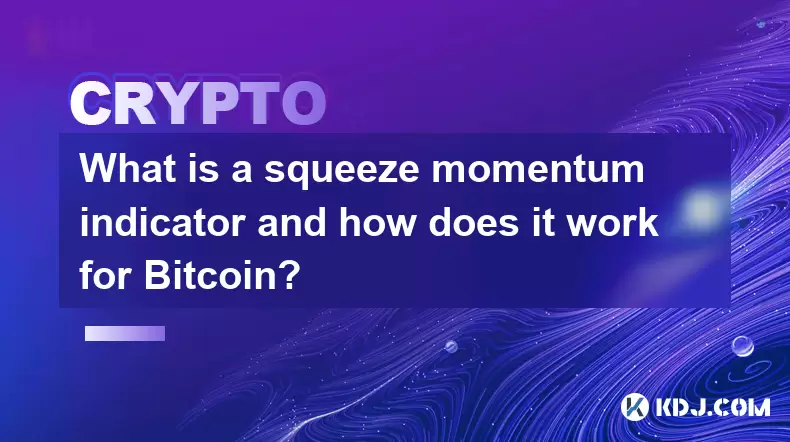-
 Bitcoin
Bitcoin $108,017.2353
-0.81% -
 Ethereum
Ethereum $2,512.4118
-1.58% -
 Tether USDt
Tether USDt $1.0002
-0.03% -
 XRP
XRP $2.2174
-1.03% -
 BNB
BNB $654.8304
-0.79% -
 Solana
Solana $147.9384
-1.76% -
 USDC
USDC $1.0000
-0.01% -
 TRON
TRON $0.2841
-0.76% -
 Dogecoin
Dogecoin $0.1636
-2.09% -
 Cardano
Cardano $0.5726
-1.72% -
 Hyperliquid
Hyperliquid $39.1934
1.09% -
 Sui
Sui $2.9091
-0.59% -
 Bitcoin Cash
Bitcoin Cash $482.1305
0.00% -
 Chainlink
Chainlink $13.1729
-1.54% -
 UNUS SED LEO
UNUS SED LEO $9.0243
-0.18% -
 Avalanche
Avalanche $17.8018
-1.90% -
 Stellar
Stellar $0.2363
-1.69% -
 Toncoin
Toncoin $2.7388
-3.03% -
 Shiba Inu
Shiba Inu $0.0...01141
-1.71% -
 Litecoin
Litecoin $86.3646
-1.98% -
 Hedera
Hedera $0.1546
-0.80% -
 Monero
Monero $311.8554
-1.96% -
 Dai
Dai $1.0000
-0.01% -
 Polkadot
Polkadot $3.3473
-2.69% -
 Ethena USDe
Ethena USDe $1.0001
-0.01% -
 Bitget Token
Bitget Token $4.3982
-1.56% -
 Uniswap
Uniswap $6.9541
-5.35% -
 Aave
Aave $271.7716
0.96% -
 Pepe
Pepe $0.0...09662
-1.44% -
 Pi
Pi $0.4609
-4.93%
How to find buy and sell signals on a Bitcoin chart?
Bitcoin charts reveal price trends and key signals through candlestick patterns, support/resistance levels, and technical indicators like RSI and MACD.
Jul 05, 2025 at 09:42 pm

Understanding Bitcoin Charts and Their Importance
To effectively find buy and sell signals on a Bitcoin chart, it is essential to first understand what these charts represent. A Bitcoin chart is a visual representation of the price movements of Bitcoin over a specific time period. These charts can be viewed in different time frames, such as 1-minute, 5-minute, hourly, daily, weekly, or monthly intervals. Each candlestick or bar on the chart provides information about the opening price, closing price, high, and low for that time frame.
Traders use these charts to identify patterns and trends that may indicate potential buy or sell opportunities. The key to success lies in interpreting these patterns accurately and using technical indicators to confirm the strength of the signal before making a trade decision.
Identifying Key Support and Resistance Levels
One of the foundational techniques in reading a Bitcoin chart is identifying support and resistance levels. These are price points where the asset has historically struggled to move beyond (resistance) or has difficulty falling below (support). When the price approaches these levels again, they can act as potential buy or sell signals.
- Look for areas where the price has bounced off multiple times; these are strong support zones.
- Observe where the price has faced rejection repeatedly; these are significant resistance levels.
- Use horizontal lines or trendlines to mark these levels clearly on the chart.
When the price touches or nears these levels and shows signs of reversal—such as long wicks, bullish or bearish candlestick patterns—it may indicate a potential trade setup.
Leveraging Candlestick Patterns for Signal Detection
Candlestick patterns are powerful tools for detecting buy and sell signals on a Bitcoin chart. These patterns reflect market sentiment and can often predict short-term price movements with a reasonable degree of accuracy.
Some commonly used candlestick patterns include:
- Bullish Engulfing: This pattern forms after a downtrend and suggests a potential reversal. It consists of a small bearish candle followed by a larger bullish candle that completely engulfs the previous one.
- Bearish Engulfing: The opposite of the bullish engulfing, this pattern appears after an uptrend and signals a possible reversal.
- Hammer and Inverted Hammer: Both indicate potential reversals from a downtrend. The hammer has a long lower wick, while the inverted hammer has a long upper wick.
- Shooting Star and Hanging Man: These suggest potential tops or bottoms depending on their location in the trend.
Recognizing these patterns and combining them with volume data can significantly enhance the accuracy of trade signals derived from a Bitcoin chart.
Utilizing Technical Indicators to Confirm Signals
While candlestick patterns and support/resistance levels offer valuable insights, traders often use technical indicators to confirm potential buy or sell signals on a Bitcoin chart. Some of the most widely used indicators include:
- Moving Averages (MA): These smooth out price data to help identify the direction of the trend. The crossover of short-term and long-term moving averages (e.g., 9-day and 21-day) can serve as entry or exit signals.
- Relative Strength Index (RSI): RSI measures the speed and change of price movements. An RSI above 70 typically indicates overbought conditions (possible sell), while an RSI below 30 indicates oversold conditions (possible buy).
- MACD (Moving Average Convergence Divergence): This indicator helps identify changes in momentum. A bullish signal occurs when the MACD line crosses above the signal line, and a bearish signal occurs when it crosses below.
- Volume: High volume during a price movement confirms the strength of the trend. Conversely, low volume may suggest weakness or lack of interest.
Using a combination of these indicators allows traders to filter out false signals and increase the probability of successful trades.
Applying Chart Patterns for Trade Setups
In addition to candlesticks and indicators, chart patterns play a crucial role in identifying buy and sell signals on a Bitcoin chart. These patterns form over multiple candlesticks and often provide insight into future price action.
Common chart patterns include:
- Head and Shoulders: A reversal pattern indicating a potential top. The formation includes a peak (head), followed by two smaller peaks (shoulders), and a neckline break signals a sell opportunity.
- Double Top and Double Bottom: These patterns indicate potential reversals. A double top forms at resistance and suggests selling pressure, while a double bottom forms at support and indicates buying interest.
- Triangles (Ascending, Descending, Symmetrical): These are continuation patterns that show consolidation before a breakout. Traders watch for a breakout from the triangle’s boundaries to enter trades.
- Flags and Pennants: These are short-term continuation patterns that appear after a sharp price move. A breakout in the direction of the prior trend confirms the pattern.
By recognizing and acting upon these patterns in conjunction with other tools, traders can pinpoint high-probability entry and exit points on the Bitcoin chart.
Frequently Asked Questions
Q: Can I rely solely on candlestick patterns for trading signals?
A: While candlestick patterns are useful, they should not be used in isolation. Combining them with support/resistance levels, volume, and technical indicators increases the reliability of the signals.
Q: How do I choose the right time frame for analyzing a Bitcoin chart?
A: The choice of time frame depends on your trading strategy. Day traders may prefer 1-hour or 15-minute charts, while swing traders might focus on daily or weekly charts. Always align your chart analysis with your trading goals.
Q: What is the importance of volume in confirming trade signals?
A: Volume acts as a confirmation tool. If a price moves upward with increasing volume, it suggests strong buying pressure. Conversely, if a price drops sharply but volume is low, the move may lack conviction and could reverse.
Q: Are all chart patterns reliable for predicting price movements?
A: No chart pattern offers 100% accuracy. However, patterns like head and shoulders, triangles, and double tops/bottoms tend to be more reliable when confirmed with other technical tools and market context.
Disclaimer:info@kdj.com
The information provided is not trading advice. kdj.com does not assume any responsibility for any investments made based on the information provided in this article. Cryptocurrencies are highly volatile and it is highly recommended that you invest with caution after thorough research!
If you believe that the content used on this website infringes your copyright, please contact us immediately (info@kdj.com) and we will delete it promptly.
- Royal Mint Coins: Unearthing the Rarest Queen Elizabeth II Treasures
- 2025-07-06 00:30:12
- BlockDAG, SEI, and HYPE: Decoding the Crypto Buzz in the Big Apple
- 2025-07-06 00:50:13
- Uniswap in a Bear Market: Price Analysis and What's Next
- 2025-07-06 01:10:13
- Arctic Pablo Price Hike: Is Housecoin Feeling the Chill?
- 2025-07-06 00:30:12
- Bitcoin, Kiyosaki, and Acquisition: A Perfect Storm?
- 2025-07-05 22:35:14
- Cardano vs. Solana: The $500 Dream and a Payments Disruptor
- 2025-07-05 22:50:13
Related knowledge

What is the Woodies CCI indicator and can it be used for Bitcoin?
Jul 04,2025 at 05:14pm
Understanding the Woodies CCI IndicatorThe Woodies CCI indicator is a variation of the traditional Commodity Channel Index (CCI), which was originally developed by Donald Lambert. The standard CCI measures the current price level relative to an average price over a given period, typically 14. However, the Woodies version modifies this calculation to mak...

How to use indicators to trade the opening range breakout for Bitcoin CME futures?
Jul 05,2025 at 07:35pm
What Is the Opening Range Breakout Strategy?The opening range breakout (ORB) strategy is a popular trading technique used in both traditional markets and cryptocurrency futures, particularly for Bitcoin on the CME. This method involves identifying a specific price range formed during the early phase of a trading session and then taking positions when th...

What does a bearish cross on the Stochastic RSI mean for Bitcoin?
Jul 05,2025 at 07:18pm
Understanding the Stochastic RSI IndicatorThe Stochastic RSI (Relative Strength Index) is a momentum oscillator used in technical analysis to identify overbought or oversold conditions in an asset's price. It combines two well-known indicators — the RSI and the Stochastic Oscillator — to provide more nuanced signals than either could alone. The Stochast...

How to interpret the interaction between Bitcoin's price and the Ichimoku baseline (Kijun-sen)?
Jul 05,2025 at 11:42pm
Understanding the Ichimoku Baseline (Kijun-sen) in Technical AnalysisThe Ichimoku Cloud, also known as Ichimoku Kinko Hyo, is a comprehensive technical analysis tool that provides insights into momentum, trend direction, and potential support/resistance levels. Within this system, the Kijun-sen, or baseline, plays a crucial role. It is calculated by ave...

How to set alerts for moving average crosses on a Bitcoin chart?
Jul 05,2025 at 09:21pm
Understanding Moving Average Crosses in Bitcoin TradingMoving average crosses are one of the most commonly used technical indicators among cryptocurrency traders. In the context of Bitcoin, these signals help identify potential trend reversals or confirm ongoing trends. A moving average cross occurs when a short-term moving average (e.g., 9-day EMA) int...

What is a squeeze momentum indicator and how does it work for Bitcoin?
Jul 05,2025 at 07:32pm
Understanding the Squeeze Momentum IndicatorThe Squeeze Momentum Indicator is a technical analysis tool used by traders to identify potential breakout opportunities in financial markets, including cryptocurrencies like Bitcoin. It was developed by John Carter and is widely used among active traders who seek to capture volatility expansions after periods...

What is the Woodies CCI indicator and can it be used for Bitcoin?
Jul 04,2025 at 05:14pm
Understanding the Woodies CCI IndicatorThe Woodies CCI indicator is a variation of the traditional Commodity Channel Index (CCI), which was originally developed by Donald Lambert. The standard CCI measures the current price level relative to an average price over a given period, typically 14. However, the Woodies version modifies this calculation to mak...

How to use indicators to trade the opening range breakout for Bitcoin CME futures?
Jul 05,2025 at 07:35pm
What Is the Opening Range Breakout Strategy?The opening range breakout (ORB) strategy is a popular trading technique used in both traditional markets and cryptocurrency futures, particularly for Bitcoin on the CME. This method involves identifying a specific price range formed during the early phase of a trading session and then taking positions when th...

What does a bearish cross on the Stochastic RSI mean for Bitcoin?
Jul 05,2025 at 07:18pm
Understanding the Stochastic RSI IndicatorThe Stochastic RSI (Relative Strength Index) is a momentum oscillator used in technical analysis to identify overbought or oversold conditions in an asset's price. It combines two well-known indicators — the RSI and the Stochastic Oscillator — to provide more nuanced signals than either could alone. The Stochast...

How to interpret the interaction between Bitcoin's price and the Ichimoku baseline (Kijun-sen)?
Jul 05,2025 at 11:42pm
Understanding the Ichimoku Baseline (Kijun-sen) in Technical AnalysisThe Ichimoku Cloud, also known as Ichimoku Kinko Hyo, is a comprehensive technical analysis tool that provides insights into momentum, trend direction, and potential support/resistance levels. Within this system, the Kijun-sen, or baseline, plays a crucial role. It is calculated by ave...

How to set alerts for moving average crosses on a Bitcoin chart?
Jul 05,2025 at 09:21pm
Understanding Moving Average Crosses in Bitcoin TradingMoving average crosses are one of the most commonly used technical indicators among cryptocurrency traders. In the context of Bitcoin, these signals help identify potential trend reversals or confirm ongoing trends. A moving average cross occurs when a short-term moving average (e.g., 9-day EMA) int...

What is a squeeze momentum indicator and how does it work for Bitcoin?
Jul 05,2025 at 07:32pm
Understanding the Squeeze Momentum IndicatorThe Squeeze Momentum Indicator is a technical analysis tool used by traders to identify potential breakout opportunities in financial markets, including cryptocurrencies like Bitcoin. It was developed by John Carter and is widely used among active traders who seek to capture volatility expansions after periods...
See all articles

























































































